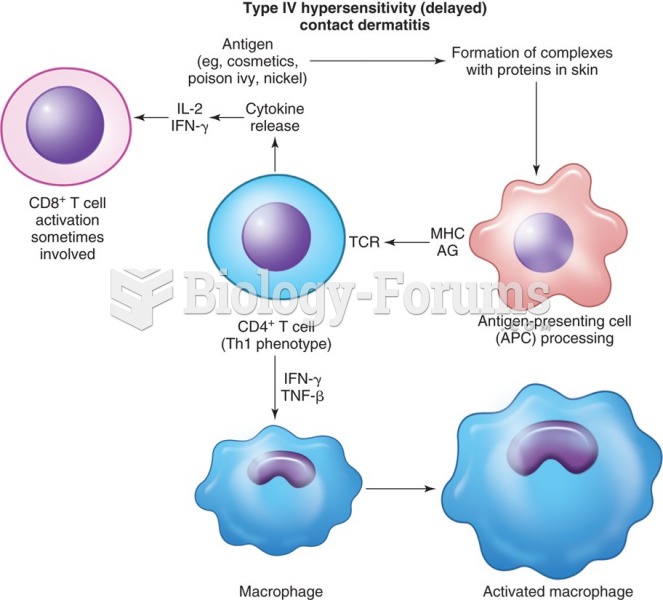Answer to Question 1
Answer: Various laws and agencies in the U.S. prohibit discrimination on the basis of race, color, religion, sex, or national origin. In addition, no process that leads to discrimination against individuals with a handicap (including mental illness) may be used unless that handicap specifically interferes with the specific work being advertised. If it can be demonstrated that certain personality traits are valuable in a job or make it essentially impossible to do a job then information from a personality test may be used. One example presented in the book is that of a European charter airline that had evidence that successful pilots tended statistically to score lower on aggressiveness (were less impatient), lower on neuroticism, and higher on vitality (were physically active) than less successful pilots. Tests such as the MMPI that were specifically designed to diagnosis mental illness, such a depression, cant be used in hiring procedure since medical records are protected by privacy laws.
Answer to Question 2
Answer: A good answer would address at least two of the following:
o A test can structured in such as way that half of the items rely on a high rating to indicate that the responder has the trait and the other half the items rely on a low rating does.
o Some tests include an infrequency scale that would include items so odd or rare that picking even a few of them would indicate that the respondent is likely lying or not taking the test seriously.
o Q-sort is a method that has individual place cards with test items on them into piles that indicate, for example, strongly applies to me etc. It limits the number of times a given response can be used.
o Another solution the student could mention is the construction of a scale in which all the choices look good so there is no self-image advantage in picking items that dont really apply to you.
o Overall, self-image tests are reliant on the honesty and motivation of the subject and generally assume that respondents are willing to be honest about how they perceive themselves, have a certain level of accurate self-awareness, and are motivated to participate in the procedure.







